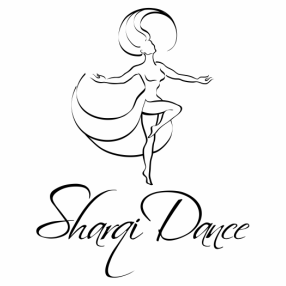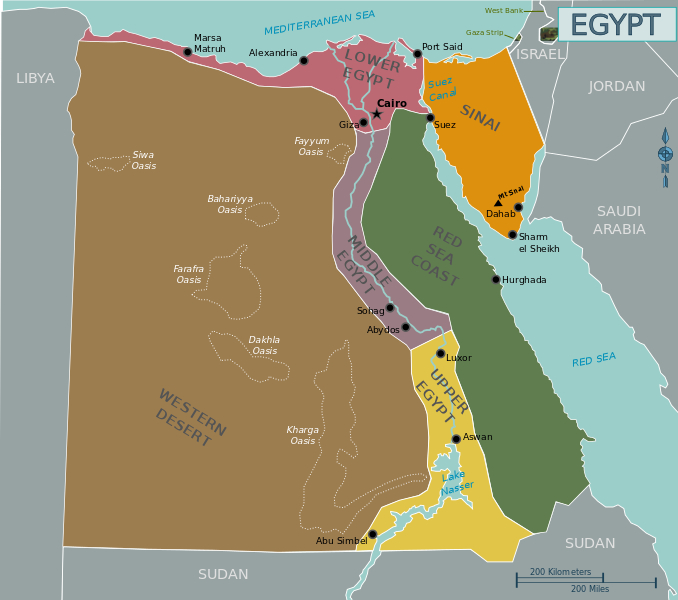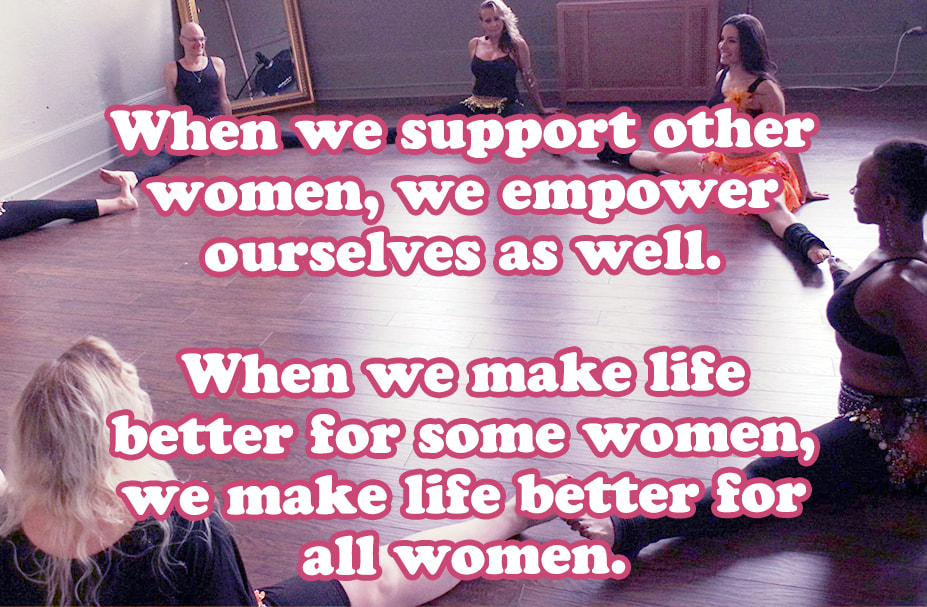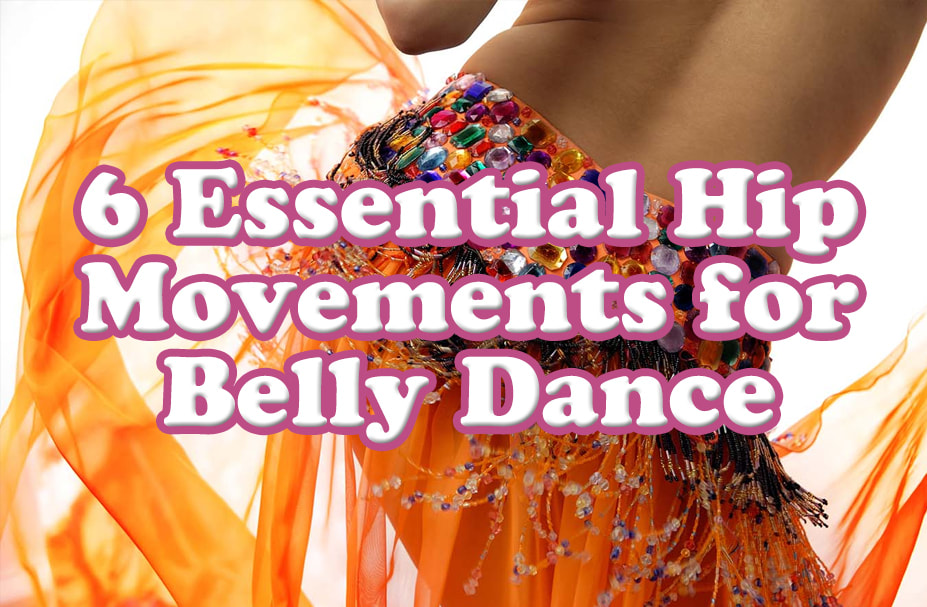|
Why do belly dancers need to know about Saidi? If you have some experience with raqs sharqi (commonly known as "belly dance") you might have noticed that in order to be a well-rounded dancer, it's necessary to know so much more than just belly dance! The classical music we use, as well as our entrance songs and drum solos feature shifts in rhythm and instrumentation that are important to understand and reflect in our dancing. These different "sections" within our music take us on a journey through different Middle Eastern musical genres. Some of those genres are specific to certain regions of the Middle East, where people might dance a certain way which reflects their customs and traditions. It's important for us to know the regional dances that go along with the types of music that come up for us often, so that we can interpret our music appropriately. Saidi... Sa'idi... Sa3idiOne of the regional/folkloric genres of music that comes up for us the most is Saidi. The word Saidi (صعيدى, sometimes spelled Sa'idi or even Sa3idi) means from Upper Egypt. Upper Egypt, or the Said, is a region in the south of Egypt. This region is known as "Upper Egypt" because it has a higher elevation than the north of Egypt, which is known as Lower Egypt. (Fun fact: since the north of Egypt is lower in elevation than the south of Egypt, the Nile river flows to the north. Notice in the map below, how the Nile river delta flows northward into the Mediterranean sea) Image source: Cacahuate - Wikimedia Saidi people speak their own dialect of Egyptian Arabic and have unique customs, music, dances, and traditions. The word Saidi can be used to refer to anything that comes from Upper Egypt. In the context of belly dance, when we talk about Saidi we are usually either referring to music and/or dances from the Said region, or to Saidi rhythm. Tahtib: Saidi Martial Art & DanceAn important tradition in the Said is a dance and martial art known as tahtib (or tahteeb, تحطيب), where participants engage in mock fighting with sticks, done to music. The roots of this practice date back to ancient Egypt, where it was used as a military skill, alongside archery and wrestling. These days, tahtib is mostly practiced as a social game or as a mock fighting dance for entertainment, traditionally done by men. Tahtib in its native context Tahtib as a mock fighting dance performance Stick Dancing for WomenIn more recent decades, women developed their own versions of stick dancing (raqs assaya) for performance, playfully imitating the men's movements in softer, more feminine ways. In the women's versions of Saidi-style raqs assaya, a smaller and lighter stick or cane (a stick with a hook at the end) is used. When danced as part of a belly dance performance, the stick or cane might be decorated with shiny metallic tape or sequins. Female dancers often wear glamourized versions of baladi dresses when dancing to Saidi music. Belly dancer Vanessa of Cairo performing Saidi with a cane Belly dancer Arielle performing Saidi raqs assaya with two sticks Egyptian belly dancer Sahar Samara performing Saidi raqs assaya Dancers Kareem GaD and Taly Hanafy performing a Saidi duet Saidi MusicSaidi music typically features the tabl baladi, darbuka, and daff on percussion and the very distinct mizmar and rebaba on melody. A very common rhythm in Saidi music is Saidi rhythm, a 4/4 rhythm played as "dum tek, dum dum, tek." Saidi rhythm is also found outside of Saidi music, so the rhythm alone does not necessarily mean that a song or section of a song is Saidi. Saidi music also features a variety of other rhythms, such as malfuf (2/4), fellahi (2/4), maqsum (4/4), baladi (4/4), and others. So it's important to consider the instruments and the feeling of the music and to do some research before deciding on how to interpret it. Famous Saidi song, Luxor Baladna, played by Upper Egypt Ensemble Luxor Baladna translation Additional resources: Wikipedia - Tahtib Shira.net - Saidi Dance Oriental Dancer - Saidi Dance SharqiDance - Saidi Rhythm for Belly Dancers Was This Post Helpful?Was this post helpful? Did you learn something new about Saidi music or dance? If so, hit "like" below and leave a comment with your feedback!
You can also visit our blog map to find more posts like this, or subscribe to our newsletter, YouTube channel, or Facebook page to be the first to find out about our next post. If you'd like to learn belly dance online with us, check out our available classes here. Happy learning, and happy dancing!
2 Comments
Celebrating life while honoring death It’s the first day of spring and with the new season officially here now, there is so much we can celebrate and look forward to. This is a time to celebrate our victories—having survived a long winter both literally and figuratively (a global pandemic), we are now arriving at a time when we can plant new seeds of potential, and we can nurture the things we want to see grow, within ourselves and in our world. Photo by Tracy Coon Soon our environment will be blooming with new life. Yet right now much of that life is still unseen potential. The trees around us are still mostly naked without their leaves, we can still see the leaves they’ve shed over the past few seasons littering the ground and we still have many cold days ahead of us. There is so much we can learn from the seasons and the way they shift, so much we can apply to our lives, with the awareness that our bodies are a part of nature, our lives reflect the cycles and other principles of nature as well. Spring has arrived, yet this does not mean winter is suddenly and magically gone forever. We still have to mourn and to grieve all that we’ve lost over this long winter. This is part of the process for transforming and integrating those losses so that they can become fuel for new ideas, experiences and relationships to bloom in our lives. In nature, death is the fuel that feeds new life. Here where I live, in the forests we can see the leaves that were shed by the trees throughout the fall and winter become the compost that nourishes the soil to grow and sustain life in the spring. Trees that fall and die become a part of the new landscape, shaping new highs and lows on the ground as new layers of soil eventually cover them. Animals that die become food for other animals to survive and carry on with their unique and important roles in their ecosystems, and become nourishment for the soil underneath. Death and life are inextricably linked. Without death, there could be no life. Likewise in our lives, we experience many deaths… both literal and figurative. Yet all those deaths can be transformed into new life. When we allow ourselves to mourn them and to honor them, we can witness this transformation as it occurs. We’ve all lost so much over this long winter. We’ve all lost old ways of living life or old ways of being we’d grown accustomed to. Many of us have had to give up dreams, or parts of a future we’d envisioned for ourselves, when we thought the future would be different from what it ended up becoming. Many of us lost jobs, or old ways of doing our work, or the ways we used to think about our work, the value of our work, and our purpose in the world. All of us lost people who were near and dear to our hearts. Some of us walked away from harmful relationships, or had to come to terms with someone we loved choosing to walk a different path. Most of us were touched by the deaths of loved ones, whether it was a tragic death from the virus, or a sudden and unexpected accident, or an expected death from long illness or old age… losing a loved one is never easy. And it’s always so painful knowing that a loved one is gone forever, in their physical form. We need to give ourselves the space to grieve and to mourn. When we give ourselves that space, and we honor our losses, we can transform even the deepest losses into nourishment… they can become our inspiration for new ways of thinking, new ways of being, new ways of expressing, new ways of interrelating, new ways of acting and creating… There is so much to celebrate right now, so much potential to be excited for as spring begins. Just remember that if you are struggling with loss, if you are feeling pain, if you are mourning… you are exactly where you need to be. Our celebrations of life cannot be separated from honoring and integrating the deaths we experience in our lives. Whatever you are feeling today, feel it fully, let it be your teacher, let it be your guide, let it shape the landscape of the garden you are growing this coming year, let it inform you of which seeds you want to plant, and which plants you want to nourish and help grow. Did You Like This Post?Did you like this post? Would you like to see more like it? If so, comment below letting us know!
You can also visit our blog map to find more of our articles, or subscribe to our newsletter or Facebook page to be the first to find out about our next post. And you'd like to join a supportive community of belly dance students from all over the US and the world, check out our available classes here. On this International Women's Day I am reflecting on my feminine relationships: my relationships with other women, my relationship with femininity, my relationship with myself. I am surrounded by strong, talented, kind-hearted, genuine, incredible women of all ages and from all walks of life. I am in awe of all the things these women have survived, overcome, and achieved in their lives, and they inspire me every day. I, too, have survived and overcome many difficulties in life, and I consider myself to be a strong and passionate woman with so much to contribute to this world. But I didn't always feel this way. And if belly dance hadn't come into my life, I am not sure that I ever would. Like nearly all of us, I grew up in a culture that taught me that, as women, our physical appearance is the most important thing about us, while always pointing out all the ways in which our appearance falls short of the impossible ideals it imposes. My culture also taught me that other women are my competition, that life is a zero sum game, and that I "win" by being better than the woman next to me. It taught me that women are toxic, that women gossip and are always out to get each other. I grew up learning these things, and became a teenager with very few female friends. Most of my hobbies and interests were in male-dominated fields, and I prided myself in my lack of stereotypically feminine interests, having internalized the unspoken societal views that things women like are inherently inferior. That all began to shift when I took up belly dance. Over these last 15 years since belly dance came into my life, the ways that I view other women--and myself--have completely transformed. I now see feminine beauty not with the judging eyes of our society, but in the same way that I see the beauty of the trees in a forest: each is so different and beautiful in its unique ways, no matter how tall, how thick, how green or how old. How boring would it be if all trees in a forest looked the same... I try to look at myself the same way. We all have bad days, though. Days when it's difficult to see ourselves in a positive light. On days like that, belly dance itself offers me so much relief. Never underestimate the power of physical movement, especially coupled with music, to help us move and release painful emotions! Most importantly, I am now surrounded by so many incredible women, doing such beautiful work in this world. The vast majority of these women, I met through belly dance: as my teachers, classmates, colleagues, students, clients, acquaintances. So many of these relationships have grown into lasting bonds. Through these relationships and through this dance, I have experienced so much healing of these painful old wounds. I've come to realize that those old beliefs were lies, imposed upon us to suppress and to oppress us, and that there is a universal truth that we can all choose to tap into at any given moment: When we support other women, we empower ourselves as well. When we make life better for some women, we make life better for all women. There is nothing more empowering for a woman, than being surrounded by women who care about you and want to see you succeed! Was This Post Useful? Did you find this post useful? Would you like to see more like it? If so, comment below letting us know!
You can also visit our blog map to find more of our articles, or subscribe to our newsletter or Facebook page to be the first to find out about our next post. And you'd like to learn belly dance online, check out our available classes here. What if I told you that most of the countless hip isolations we do in belly dance come from just 6 foundational hip movements? Would that motivate you to practice these movements for a few minutes on a regular basis? What if there were 6 videos you could reference, to learn the technique for each of these movements... Would that make learning this beautiful (and surprisingly difficult) dance a little less daunting and intimidating? If you answered "yes" to these questions, I have good news for you! Here's my gift to get you started on your belly dance journey with your best hip forward! Or if you already take belly dance classes (especially one of my classes), these videos are a great tool for practice between classes. Try out these 6 essential hip movements below:
Bonus VideoOnce you're comfortable with the 6 essential hip movements above, challenge yourself with our bonus Hip Combos video below! Need Real-Time Feedback & Support? Some people do very well with pre-recorded videos... but if you want live feedback & support, our online classes provide that. Check out our schedule below to see what we're offering right now!
|
AuthorYamê is a Brazilian-American View Posts By CategoryIf you'd like to read more articles by Yamê or SharqiDance's guest authors, please view our blog map here.
Archives
January 2024
|






 RSS Feed
RSS Feed